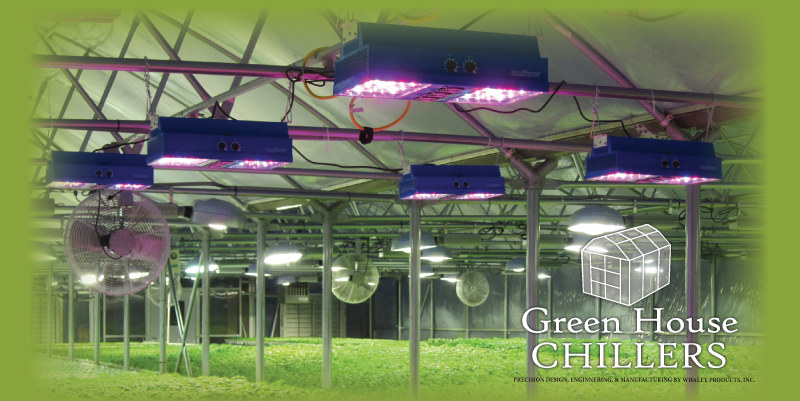Greenhouse Lighting
Plants use light to create chemical energy to fuel the organism’s activities. The process is called photosynthesis. Most species of plants require the same amount of sunlight, but this can vary upon the species. Most cuttings require 8-12 mol/m2 /day, bedding plants require 10-12 mol/m2 /day or greater and vegetables can vary. Plant growth is categorized by two types. These two categories are plants that will not grow more than 15”, and plants will grow over 15”. The creation of light can occur in three different ways and are measured by different light qualities.
Fluorescent Lighting
Best for low growing plants
Bulbs can be operated 12-16 hours daily
Close to 4”-6” of the plants
Wide or full spectrum bulbs
Put off very little heat
Can mimic real daylight
Can hang from the roof rafters, freestanding structure
Used for germination
High Intensity Lighting
Used for plants over 15” tall
Energy is effective much farther away
2 different types- Metal Halide and High Pressure Sodium
MH provides full light spectrum
MH is most effective for indoor use with
HPS has extra red, yellow, orange spectrum
HPS used for supplementing real light



